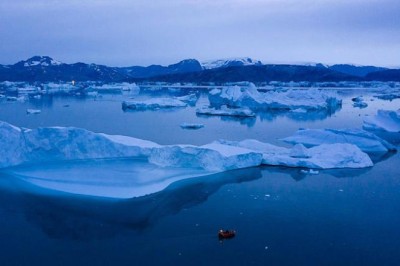
views
Sea levels are rising faster than at any point in the last 4,000 years, highlighting the urgent need for “global and local” action.
New research has warned that climate change and human activities are driving the surge, which poses a serious threat of flooding for major cities around the world.
The report says that while rising seas are a global issue, China faces a “double threat” as its largest and most economically important cities are particularly prone to sinking.
How quickly are sea levels rising?
Scientists at Rutgers University examined thousands of geological records from several sources, including ancient coral reefs and mangroves, which are often used as a “natural archive” of pastsea levels.
They reconstructed sea level changes going back almost 12,000 years to the beginning of the Holocene, the current geological epoch which began around 11,700 years ago after the last major ice age ended.
Published in Nature, the findings show that since 1900, global sea levels have increased at an average rate of 1.5 millimetres a year.
According to Yucheng Lin, who conducted the research, this pace exceeds any century-long period in the past for millennia.
Why are sea levels rising?
The study outlines two “major forces” that are driving the acceleration of sea level rise: thermal expansion and melting glaciers.
As climate change increases the temperature of the planet, oceans are absorbing more heat and expanding. At the same time, ice sheets in polar regions are melting at unprecedented rates, adding more water to the oceans.
“Getting warmer makes your ocean take up more volume and the glaciers respond faster because they’re smaller than the ice sheets, which are often the size of continents,” says Lin.
“We are seeing more and more acceleration in Greenland now.”












Comments
0 comment